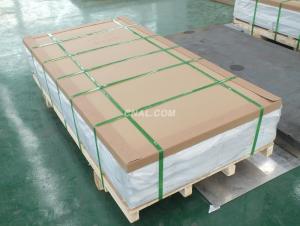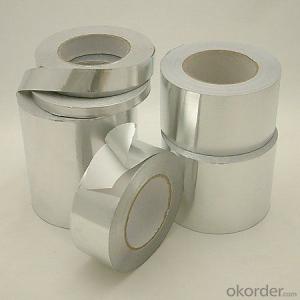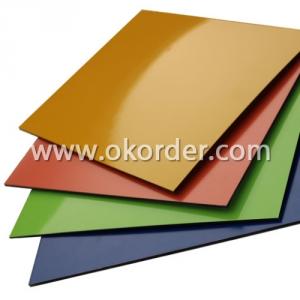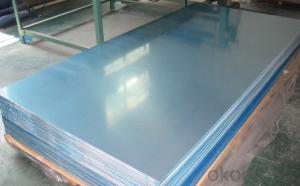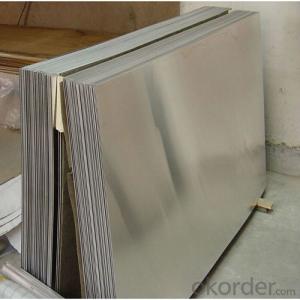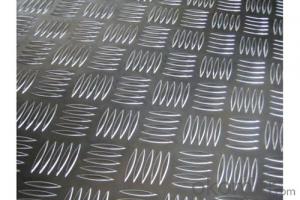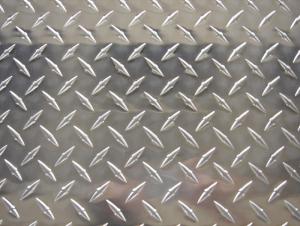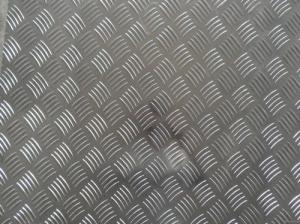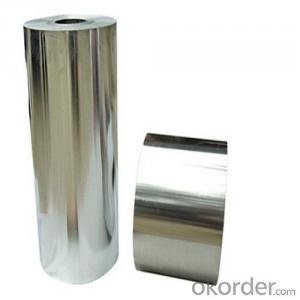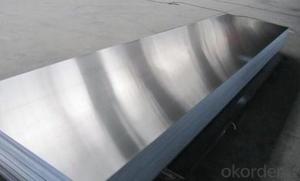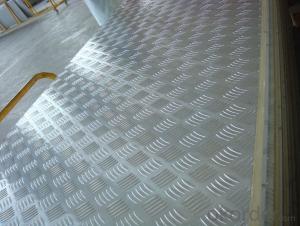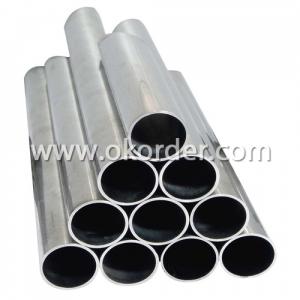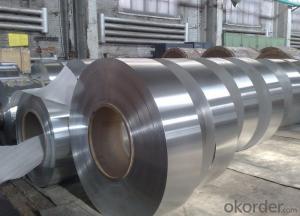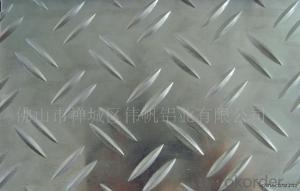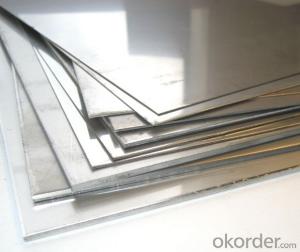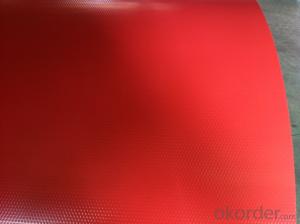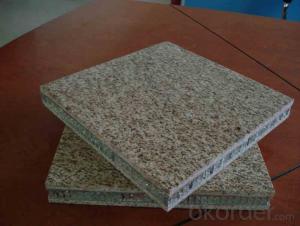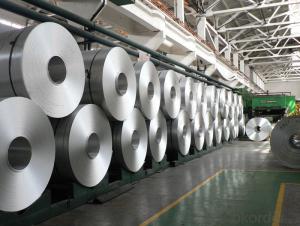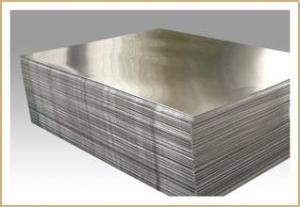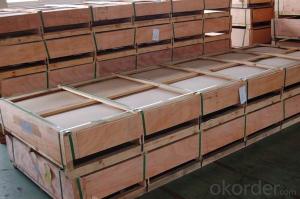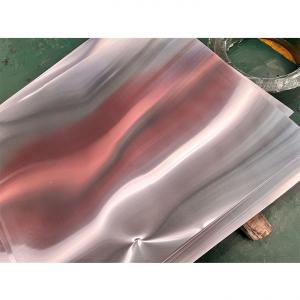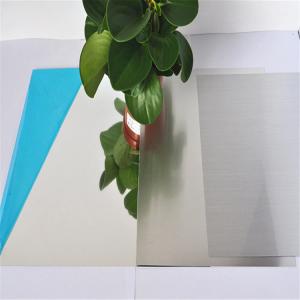3 8 Aluminum Plate
3 8 Aluminum Plate Related Searches
3 8 Inch Aluminum Plate 3 8 Thick Aluminum Plate 3 8 Aluminum Diamond Plate 3 8 In Aluminum Plate 3 8 Diamond Plate Aluminum 3/8 Aluminum Plate 3 8 Inch Thick Aluminum Plate 3/8 Inch Aluminum Plate 3/8 Thick Aluminum Plate Aluminum Plate 3/8 Thick 1 8 Aluminum Plate 3/8 Aluminum Plate 4x8 3 8 Aluminum Plate Weight 5 8 Aluminum Plate 3 16 Aluminum Plate 4x8 3/8 In Aluminum Plate 3/8 Aluminum Diamond Plate 1 8 Inch Aluminum Plate 3/16 Aluminum Plate 4x8 3 4 Aluminum Plate 1 8 Thick Aluminum Plate 4x8 Aluminum Plate 3 8 Aluminum Bar Stock 3 16 Aluminum Plate 4 8 Aluminum Diamond Plate 4x8 Aluminum Diamond Plate 3 16 1 8 In Aluminum Plate 8 Inch Aluminum Plate Aluminum Plate 4x8 3mm Aluminum Plate3 8 Aluminum Plate Supplier & Manufacturer from China
The 3/8 Aluminum Plate is a popular choice among various industries due to its lightweight and durable properties. This type of aluminum plate is commonly used in construction, automotive, aerospace, and other manufacturing sectors where high strength-to-weight ratio is essential. The 3/8 Aluminum Plate offers excellent corrosion resistance and can be easily shaped and formed, making it a versatile material for a wide range of applications.The 3/8 Aluminum Plate is widely used in applications such as structural components, exterior cladding, and decorative elements. Its ability to withstand harsh weather conditions and maintain its appearance over time makes it an ideal choice for outdoor projects. Additionally, the 3/8 Aluminum Plate can be anodized, painted, or coated with various finishes, allowing for customization to suit specific design requirements.
Okorder.com is a leading wholesale supplier of 3/8 Aluminum Plate, offering a vast inventory to cater to the needs of various industries. With a commitment to quality and customer satisfaction, Okorder.com ensures that the 3/8 Aluminum Plate is sourced from reputable manufacturers and meets the highest industry standards. This makes Okorder.com a reliable partner for businesses looking to incorporate this versatile material into their projects.
Hot Products

